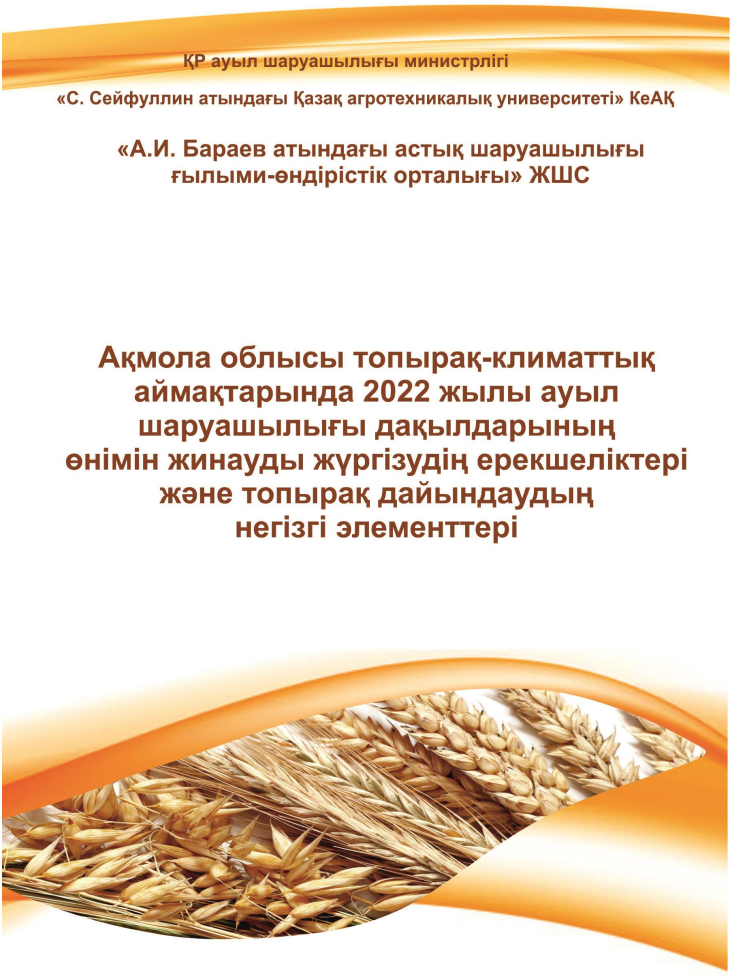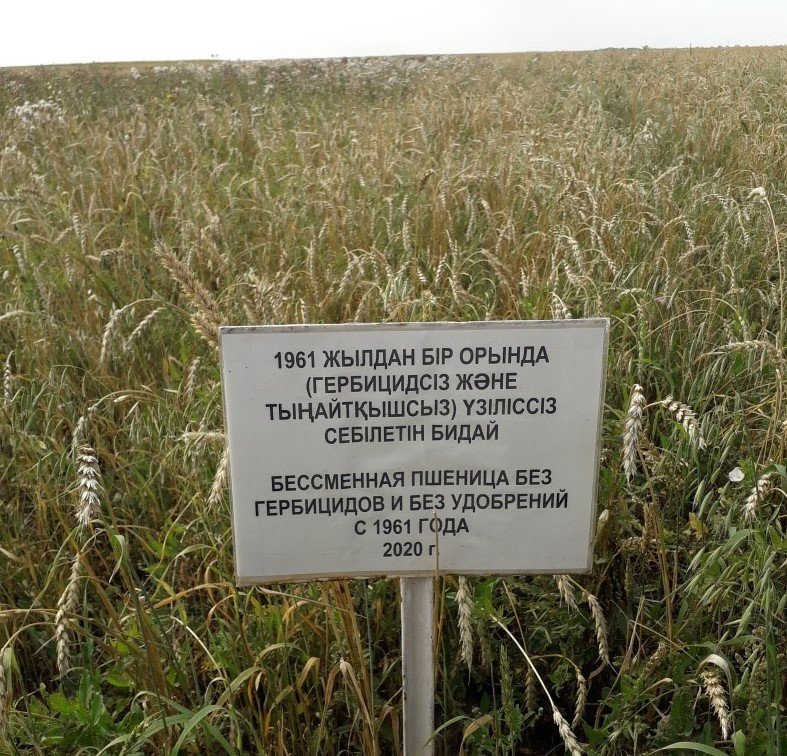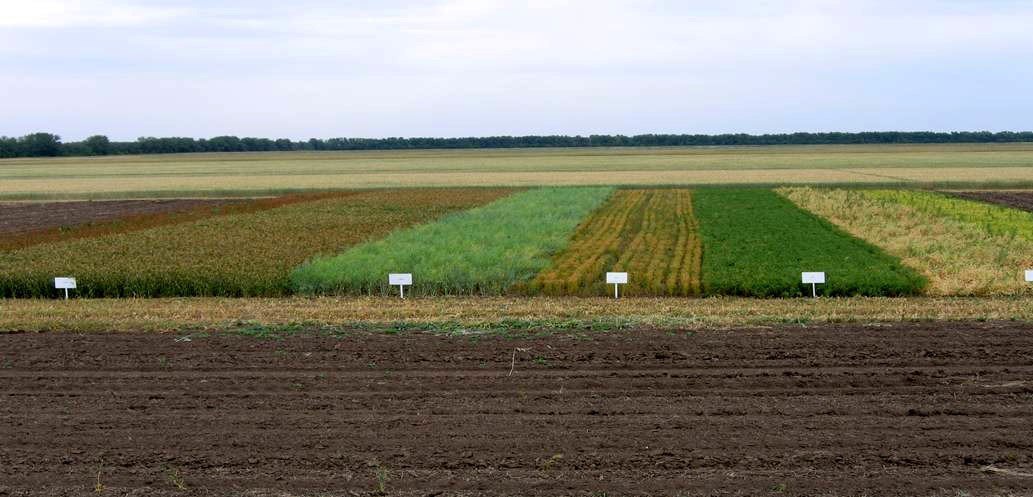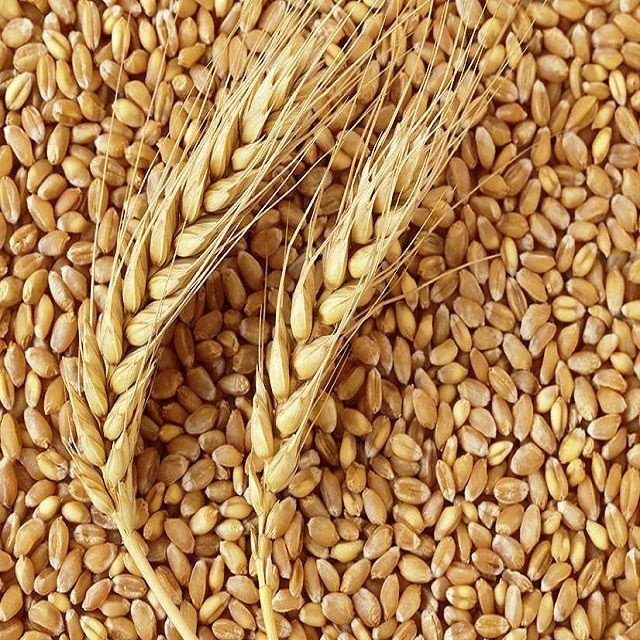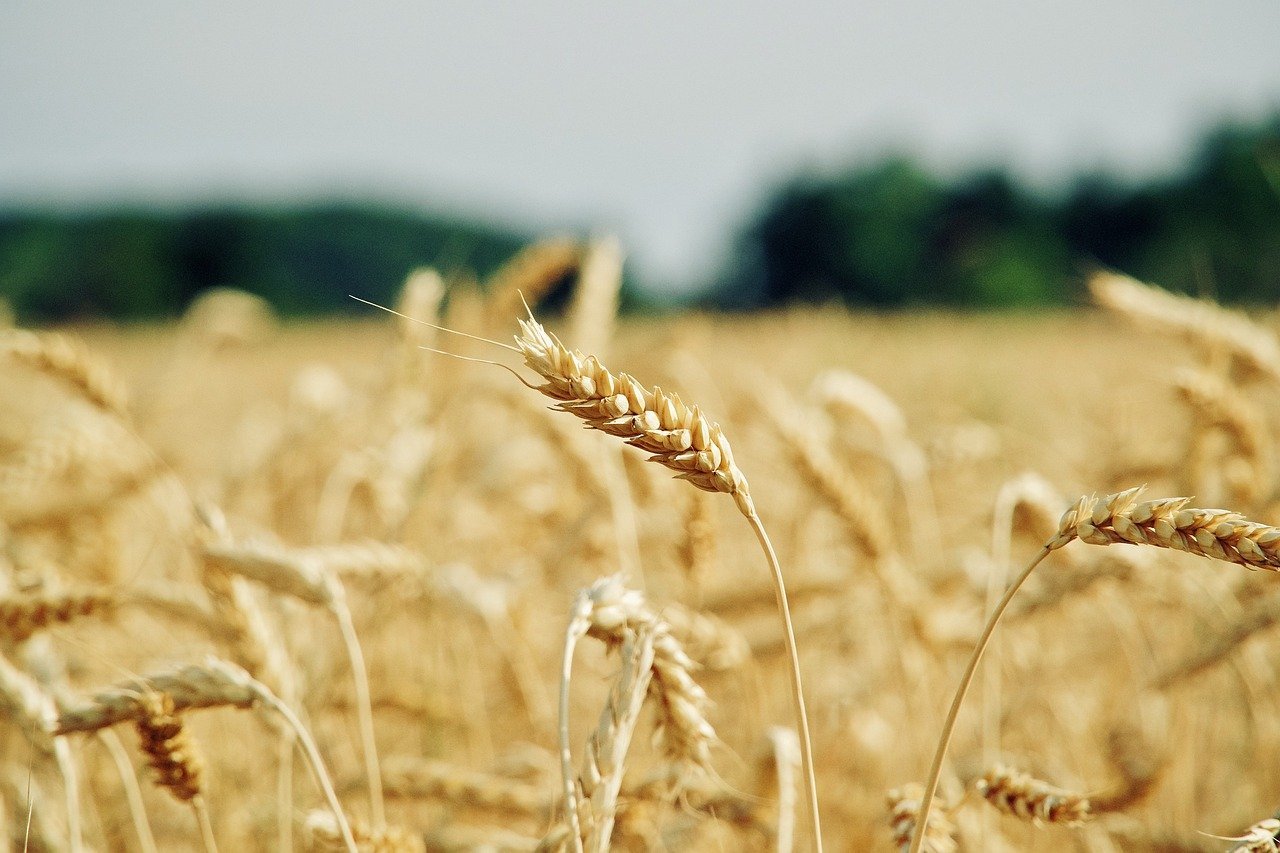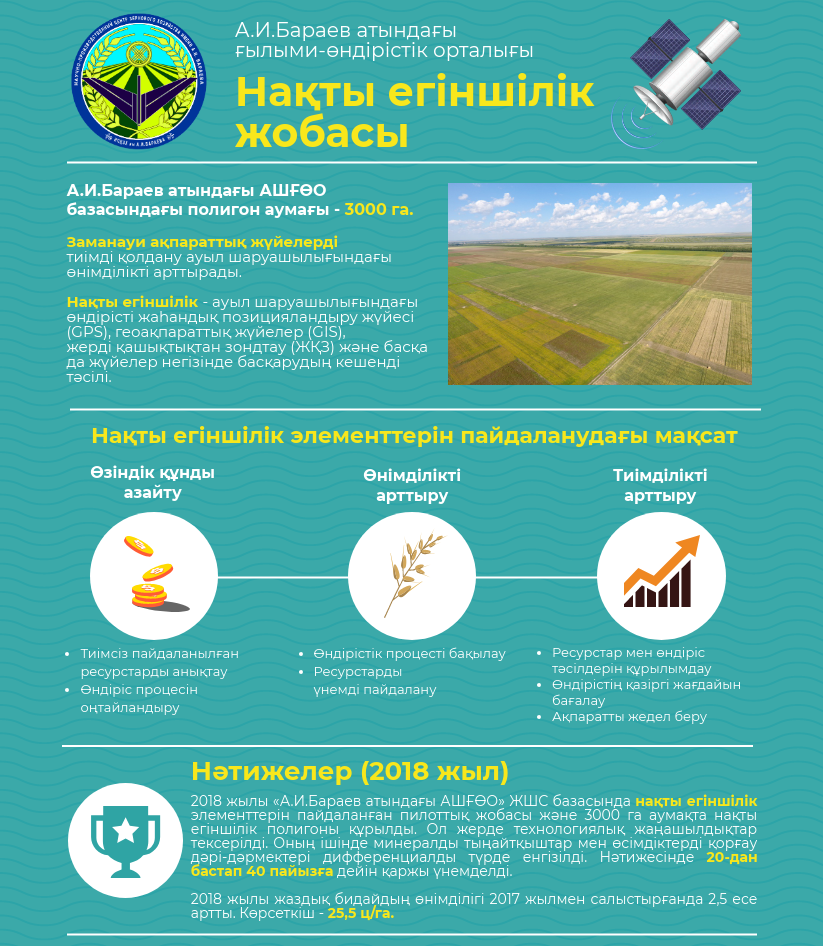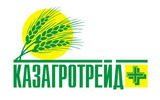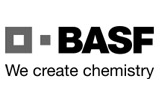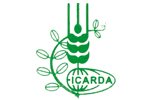Influence of predecessors on the distribution and development of septoria blight on spring wheat in 2020
News
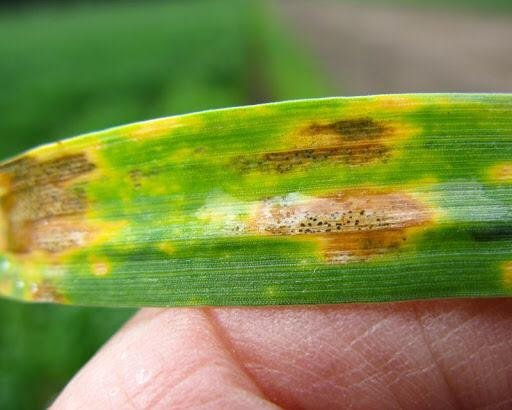
Among the large number of harmful fungi of wheat diseases, the dominant position is currently occupied by septoria. Epidemics from wheat lesions by this disease occur every 4-5 years out of 10, with a moderate development of the disease, annual yield losses are 10-15%, during the period of epiphytoties - up to 40%. The disease affects all grain crops (wheat, barley, rye) in all regions of grain production.
Long-term dynamics of diseases with soil infection (root rot) and persisting on post-harvest residues (septoria, helminthosporium spot, rhinhosporium, etc.) can be regulated by the selection of phytosanitary predecessors, the use of organic and mineral fertilizers. The rotation of crops in crop rotations is an important technique in improving the soil from infections. Therefore, against septoria spots, an infection that mainly persists on the crop residues of plants, agrotechnical measures are of certain importance, in particular, the alternation of crops in crop rotation. The use of a complex of agricultural techniques for cultivating crops on farms contributes to the control of conditions that prevent the possibility of mass reproduction of pathogens. These techniques are safe for the environment, available for production and do not require additional costs. Phytosanitary assessment of the elements of agricultural intensification showed that the degree of development of Septoria blight on wheat mainly depends on the predecessors and the resistance of the variety. It was found that it manifests itself earlier and develops more strongly on repeated crops of wheat. Crops that do not have identical pathogens are believed to be good predecessors for wheat.
In this regard, we were faced with the task of determining the influence of various technologies and predecessors on the septoria-helminthosporium leaf spots in spring wheat crops in the northern region of the republic.
In the northern region of Kazakhstan in the "A.I. Barayev SPCGF” in grain-oil-and-oil and fruit-rotation crop rotations, determined the influence of various technologies and predecessors on the distribution and development of septoria spots of spring wheat. The main previous crops of spring wheat are: lentils, peas, steam, flax. The assessment of the degree of damage by spotting was carried out visually according to the modified James scale in percent.
Research results
A phytosanitary assessment carried out on a crop rotation (lentil-wheat-pea-wheat) showed that the highest development of septoria-helminthosporium spots with a predominance of septoria was distinguished by the sowing of wheat for lentils, the development of the disease was 40.3%, while on wheat sown for peas, the development of the disease was 35.6% (Table 1). During the earing period of spring wheat, the spread of the disease in all studied variants was -100%, which explains the fact that the septoria spots, despite the conditions of the year, affect various predecessors annually to a greater or lesser degree of development.
Table 1 - Infestation of spring wheat with septoria spots in the crop rotation in 2020.
Experimental options Septoria spotted,%
P R
Wheat over lentils 100 40.3
Wheat peas 100 35.6
A similar experience was laid in the grain-and-oil crop rotation (fallow land-wheat-flax-wheat). The results of accounting for the infestation of spring wheat with septoria spots showed that the development of the disease on wheat for fallow was 36.3%, while on wheat for flax the development of the disease was 40.0% (Table 2). The spread of the disease in all variants of the experiment was 100%.
Table 2 - Infestation of spring wheat with septoria spots in grain-oil-bearing crop rotation
Experimental variants Septoria spots,%
P R
Wheat in pairs 100 36.3
Wheat for flax 100 40.0
Thus, in our studies, there was a clearly expressed tendency of a lower disease affection of wheat plants for fallow and peas than for flax and lentils, which grew into a significant dependence with respect to leafy diseases.
766 -рет қаралды



